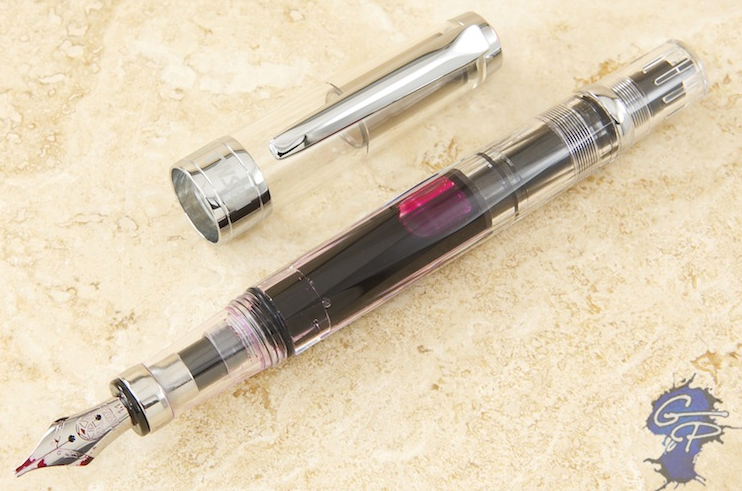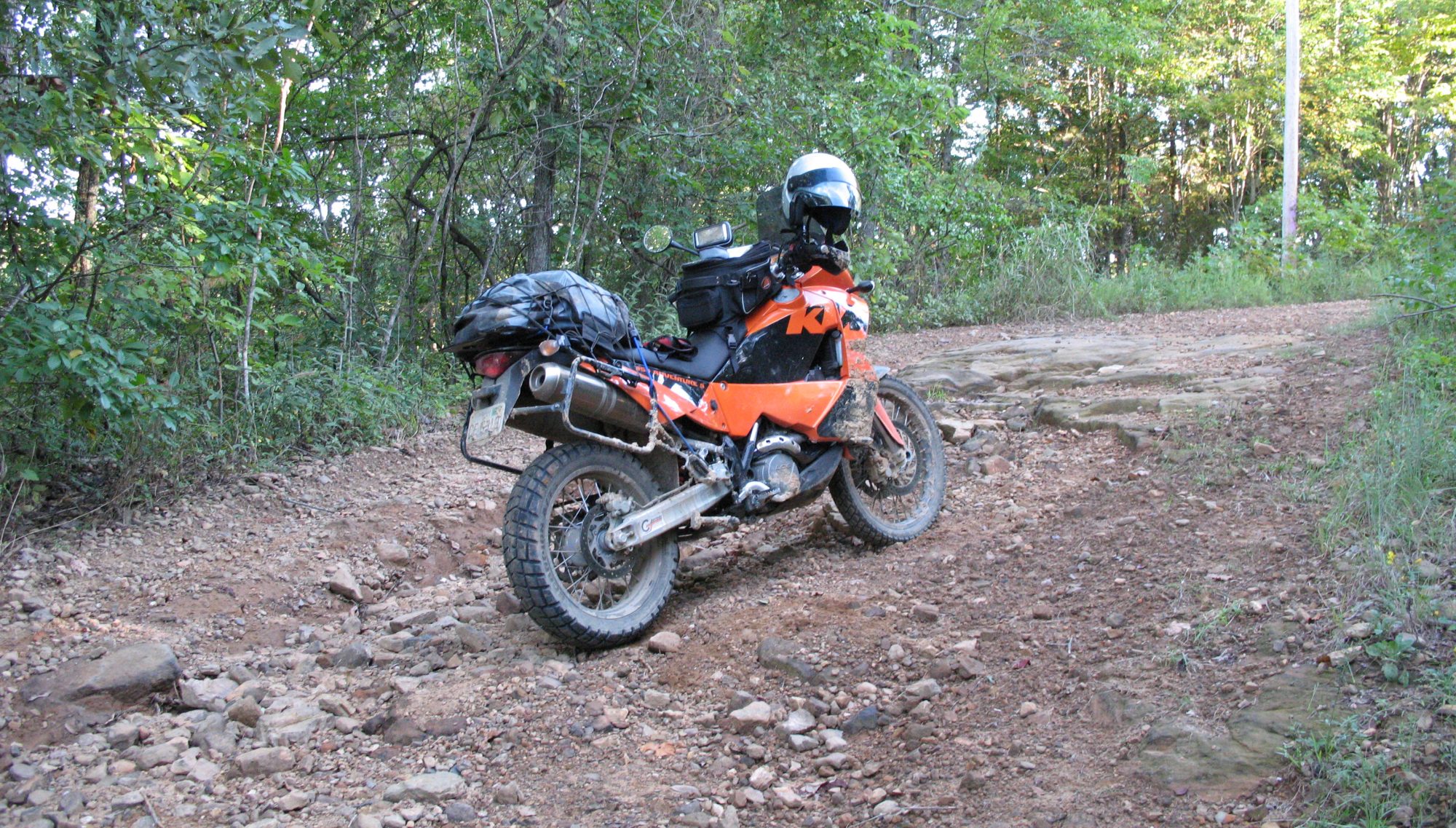Maybe its the geek in me, maybe the old codger trying to get out, but I enjoy writing. Even if I’m not very good at it, it is still enjoyable to put pen (or pencil) to paper. The speed at which you write forces you to slow down a bit, and consider things that you might miss while typing. And writing has survived for centuries – who knows how long my last email will survive. Actually, it’s probably been deleted by now.
For some reason, I’ve been somewhat fascinated with fountain pens. I think it’s a throwback to when your writing said a lot about your education – and I do feel sorry for people that “write” with OMG, LOL, SMH, etc. Sorry to be blunt, but that doesn’t conjure images of learned individuals. The wonderful script that a fountain pen can produce, and the nuances of the handwriting are really something to behold. Consider the Declaration of Independence. We still read that document, with its precise wording, beautifully written, and beyond the document’s espoused ideals I still come back to the handwriting. Not the writing on the wall, the writing on the parchment. Sorry, couldn’t resist.
I will likely never be able to produce anything like that, but if I can revive my writing gene (if I ever had one) it will be an enjoyable journey nonetheless.
So, to that end, I bought a fountain pen from Goulet Pens. A TWSBI Diamond 580 with a fine point nib. Also picked up some Diamine ASA Blue ink. Don’t need an eraser with this kit.

I tried a few sentences, and to my surprise, I do remember how to write in cursive. Do they teach that in school today? I must admit though, that I really had to think how to write a cursive capital “F”. Do you remember? I couldn’t remember how to write a cursive capital “Q”, so I just wrote “Q”.




























